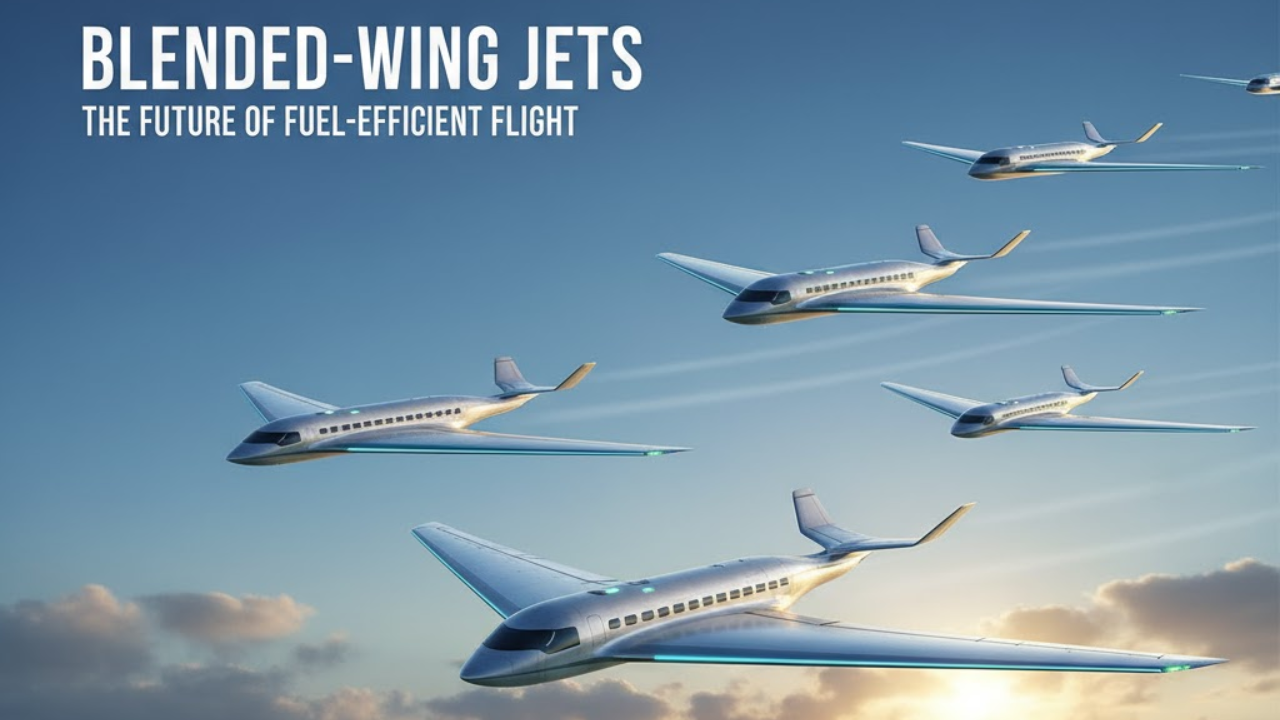
Post by : Meena Rani
The era of tube-and-wing airplanes—unchanged for nearly a century—may soon be replaced by a radical new design: the blended-wing aircraft. With smooth, futuristic contours and no distinct separation between fuselage and wings, these aircraft are being hailed as the future of fuel efficiency and aerodynamic performance.
As aerospace companies and defense agencies race toward sustainable flight, the blended-wing configuration is emerging as one of the most promising breakthroughs in modern aviation.
A blended-wing body (BWB) merges the aircraft’s fuselage and wings into a single, unified aerodynamic structure. Unlike traditional aircraft, where the cabin is a separate cylindrical body, BWBs create a large, continuous surface that generates lift across the entire body.
This design offers several advantages:
Up to 50% fuel savings due to reduced drag.
Increased structural efficiency, allowing for lighter materials.
Lower noise emissions, since engines can be mounted over the body.
Higher passenger or cargo capacity within the same wingspan.
The concept isn’t entirely new—NASA and Boeing have tested prototype models since the early 2000s—but today’s climate-conscious and technology-driven landscape has revived serious interest in making them commercially viable.
Aviation is under growing pressure to reduce its carbon footprint. With fuel costs rising and global regulators enforcing stricter emission standards, the industry is aggressively exploring ways to cut fuel burn and improve efficiency.
The blended-wing aircraft offers a realistic path toward net-zero aviation by combining aerodynamic excellence with advanced materials and propulsion systems.
In August 2025, several aerospace firms announced major investments in developing large-scale BWB prototypes aimed at both commercial and military use. The design’s potential for long-range operations with fewer emissions has made it a top priority for sustainable flight research.
One of the most ambitious players in this space is JetZero, a California-based aerospace startup backed by both private investors and U.S. defense contracts.
The company is developing a full-scale blended-wing demonstrator aircraft expected to reduce fuel consumption and CO₂ emissions by nearly half compared to current commercial jets. JetZero’s goal is to build a 300-passenger BWB jet that can fly transcontinental routes while consuming far less energy.
Construction of its dedicated production facility began in North Carolina in 2025, marking one of the first serious attempts to commercialize BWB aircraft at scale.
The company’s design could potentially serve both civil aviation (commercial flights) and defense applications, such as aerial refueling and cargo missions for the U.S. Air Force.
The blended-wing design isn’t just visually striking—it’s fundamentally more efficient.
Aerodynamics: The seamless body reduces drag and improves lift distribution across the aircraft’s surface.
Lift-to-drag ratio: BWBs have significantly higher ratios than traditional designs, enabling longer range with less thrust.
Structural efficiency: Without a distinct fuselage, weight is distributed more evenly, reducing stress on components.
Engine placement: Engines mounted on top of the body reduce cabin noise and shield exhaust from the ground.
Fuel capacity: The wide body allows more internal volume for fuel or cargo, offering flexibility in range and design.
Computer simulations and wind-tunnel tests have confirmed that BWBs could outperform conventional aircraft in both subsonic and supersonic flight regimes.
Despite the advantages, blended-wing aircraft face several technical and logistical challenges before widespread adoption.
Cabin layout: The wide, non-cylindrical cabin complicates pressurization and emergency evacuation systems.
Airport compatibility: Existing gates, taxiways, and hangars are designed for tube-and-wing aircraft.
Pilot training: The flight dynamics and control behavior differ significantly from current aircraft.
Certification complexity: Aviation regulators will require extensive testing before approving such unconventional designs.
Manufacturing scale: Producing large blended structures requires new materials and assembly techniques.
These challenges, however, are being tackled through advanced simulations, modular cabin design research, and adaptive manufacturing processes.
The blended-wing jet isn’t alone in reshaping the skies. Other futuristic aircraft concepts include:
Windowless jets that replace windows with high-definition OLED panels displaying outside views.
Hydrogen-powered aircraft, using fuel cells or combustion engines optimized for zero carbon emissions.
Hybrid-electric propulsion systems, combining electric motors and sustainable fuels for greater efficiency.
Supersonic and hypersonic commercial jets, designed to cut long-haul travel times in half.
Together, these innovations point to a new era where aircraft are not only faster and quieter—but also cleaner and smarter.
For passengers, blended-wing aircraft could offer spacious, panoramic cabin layouts and reduced flight times. For the planet, the design represents a tangible step toward cutting aviation’s massive carbon emissions.
The economic case is strong, too—lower fuel consumption means lower operating costs and, eventually, more affordable ticket prices for travelers.
With sustainability becoming central to every sector, the aviation industry’s shift toward futuristic aircraft like JetZero’s blended-wing jet could mark the biggest transformation since the dawn of commercial flight.
Disclaimer:
This article is for informational purposes only and does not constitute technical, financial, or investment advice. Aerospace technologies evolve rapidly, and readers are encouraged to stay updated with the latest verified industry developments.
blended wing, fuel-efficient aircraft, futuristic jet, aviation design, sustainable aviation, JetZero, aerospace innovation, future of flight
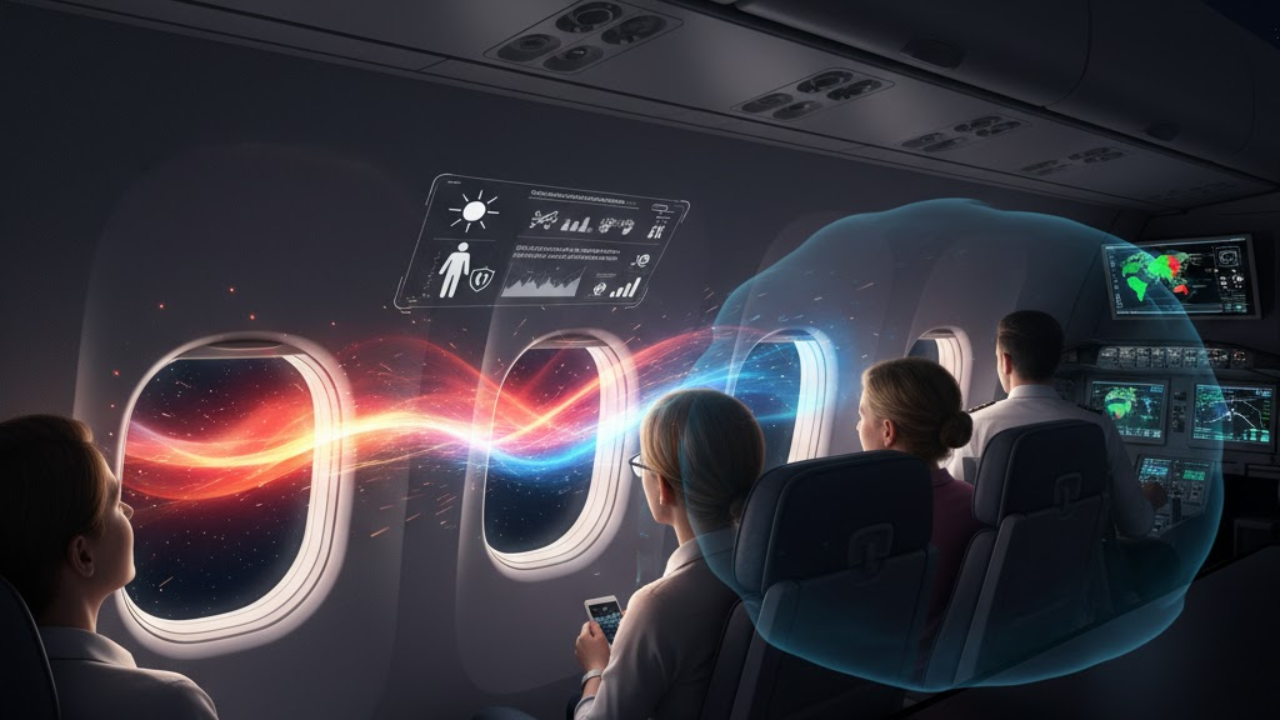
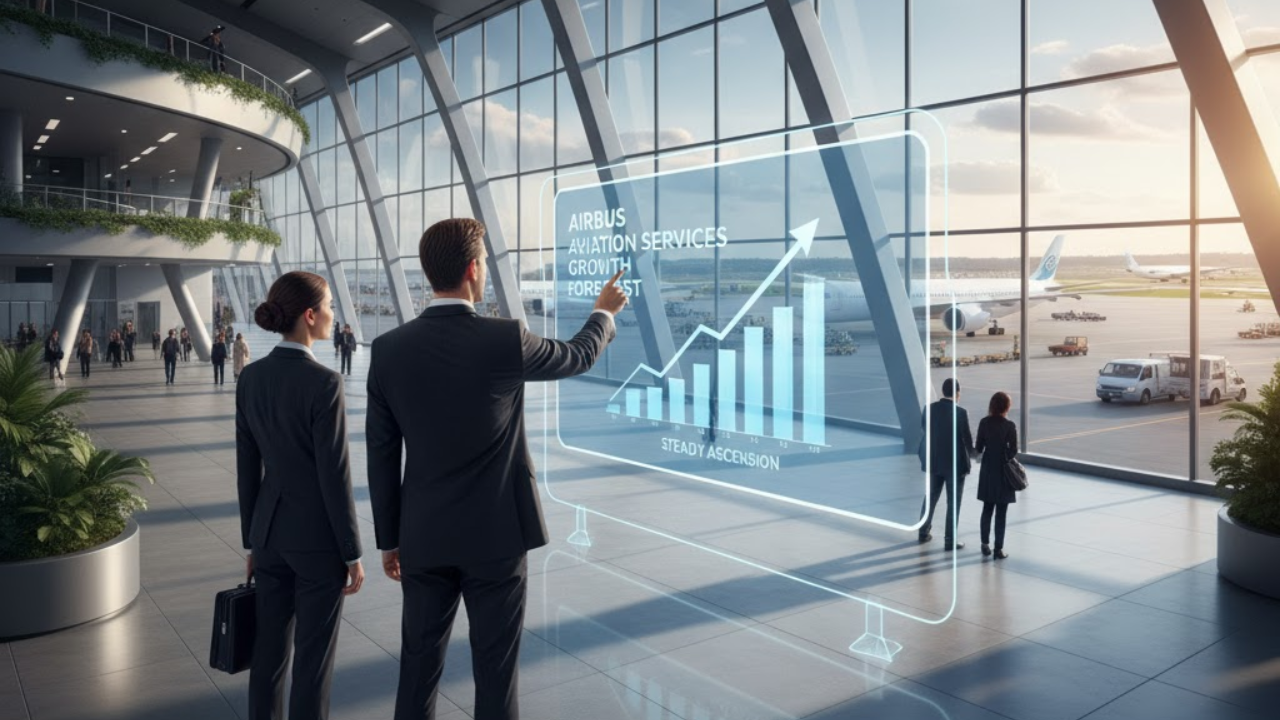

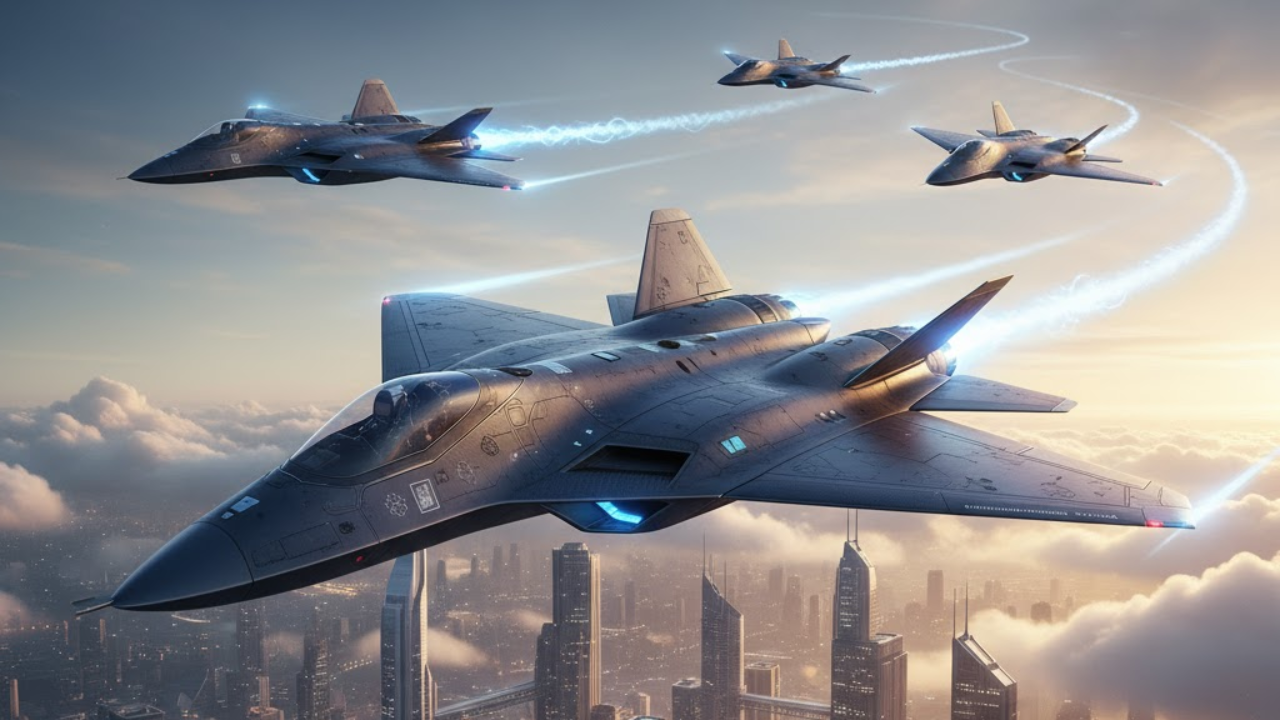

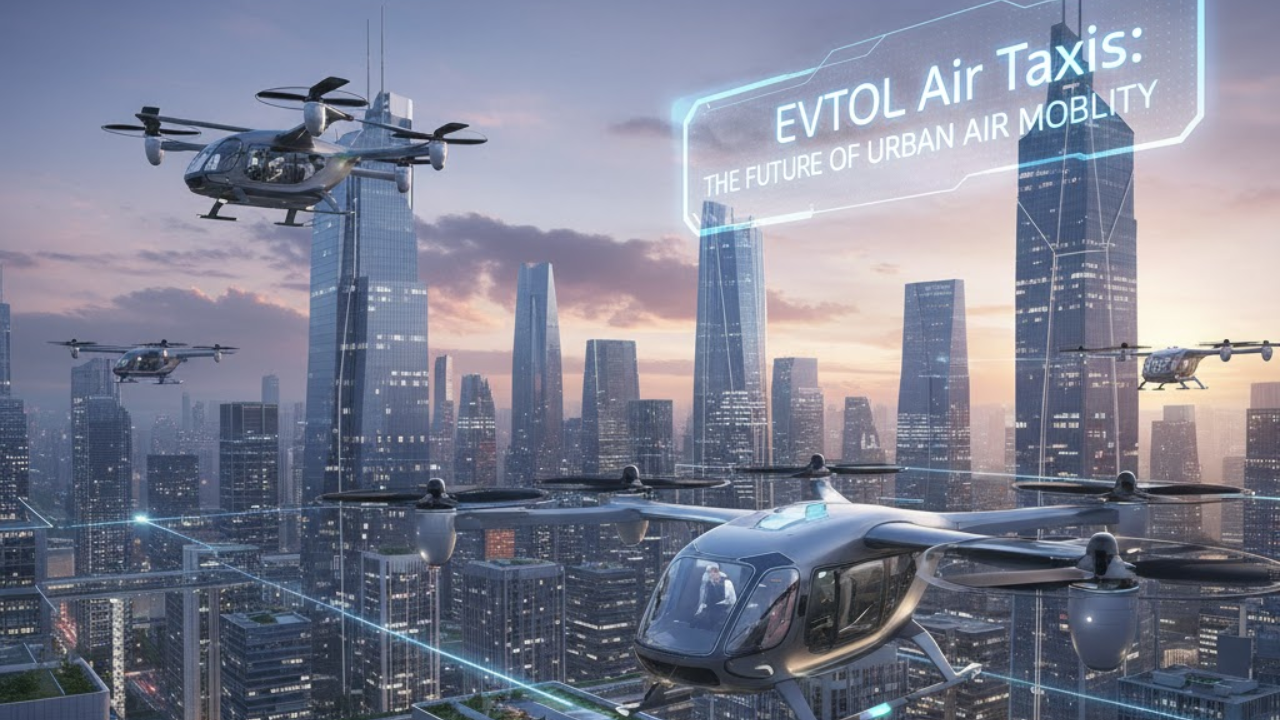

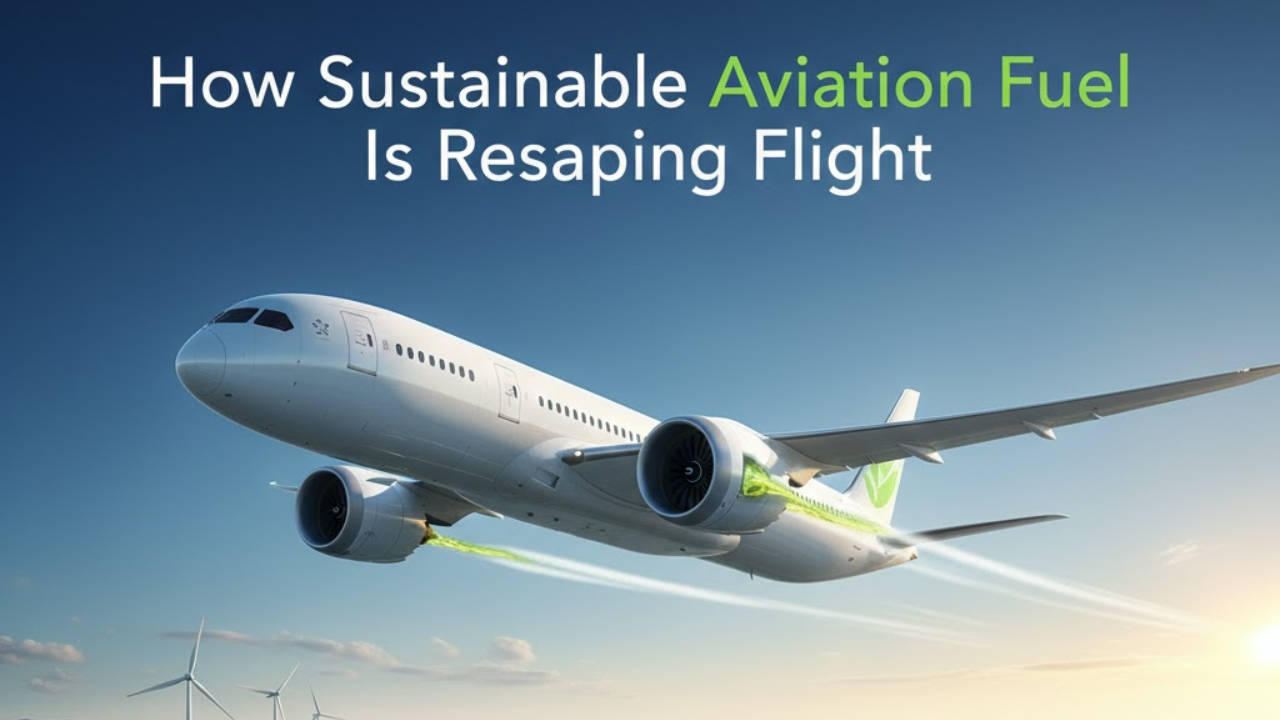
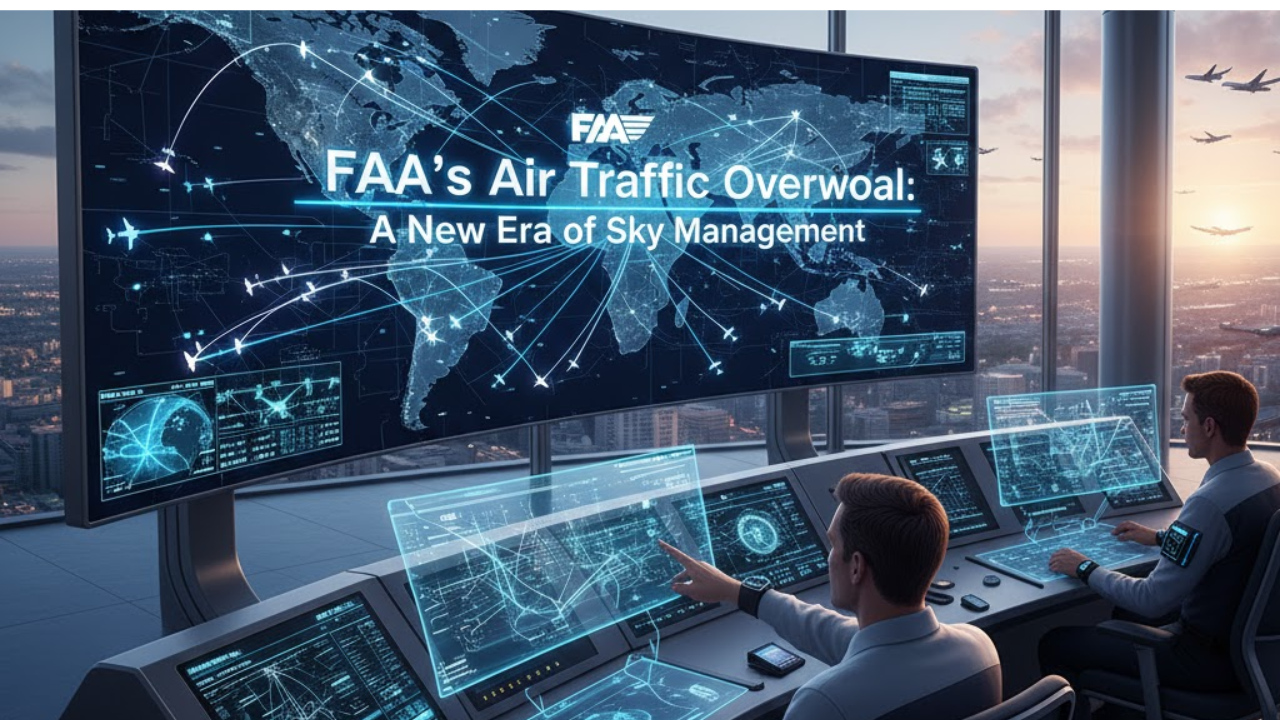

Bengaluru-Mumbai Superfast Train Approved After 30-Year Wait
Railways approves new superfast train connecting Bengaluru and Mumbai, ending a 30-year demand, easi

Canada Post Workers Strike Halts Nationwide Mail and Parcel Services
Canada Post halts operations as CUPW strike disrupts mail and parcel delivery nationwide amid disput

PM Modi Launches BSNL ‘Swadeshi’ 4G Network, 97,500 Towers Built
India enters global telecom league as PM Modi inaugurates BSNL’s indigenous 4G, connecting 26,700 vi

India’s Iconic MiG‑21 Takes Final Flight After Six Decades of Service
After 60 years India retires its MiG‑21 fighter jet, a legendary yet controversial warplane marking

Hindustan Zinc unveils AI hotspot monitoring at Debari smelter
Hindustan Zinc launches AI-powered Switchyard Hotspot Monitoring at Debari smelter to cut outages bo

Chinese experts worked inside sanctioned Russian drone plant
Chinese drone specialists visited IEMZ Kupol supplying parts and drones via intermediaries, deepenin